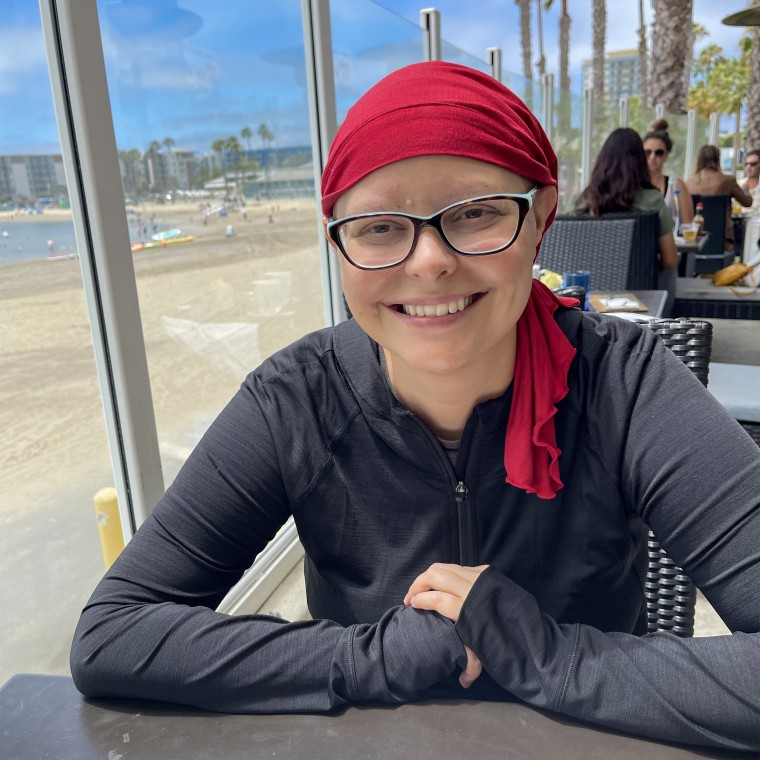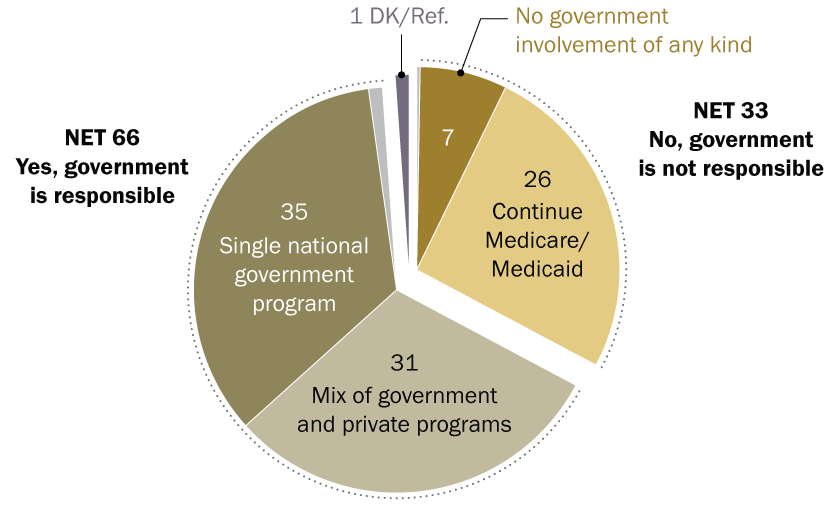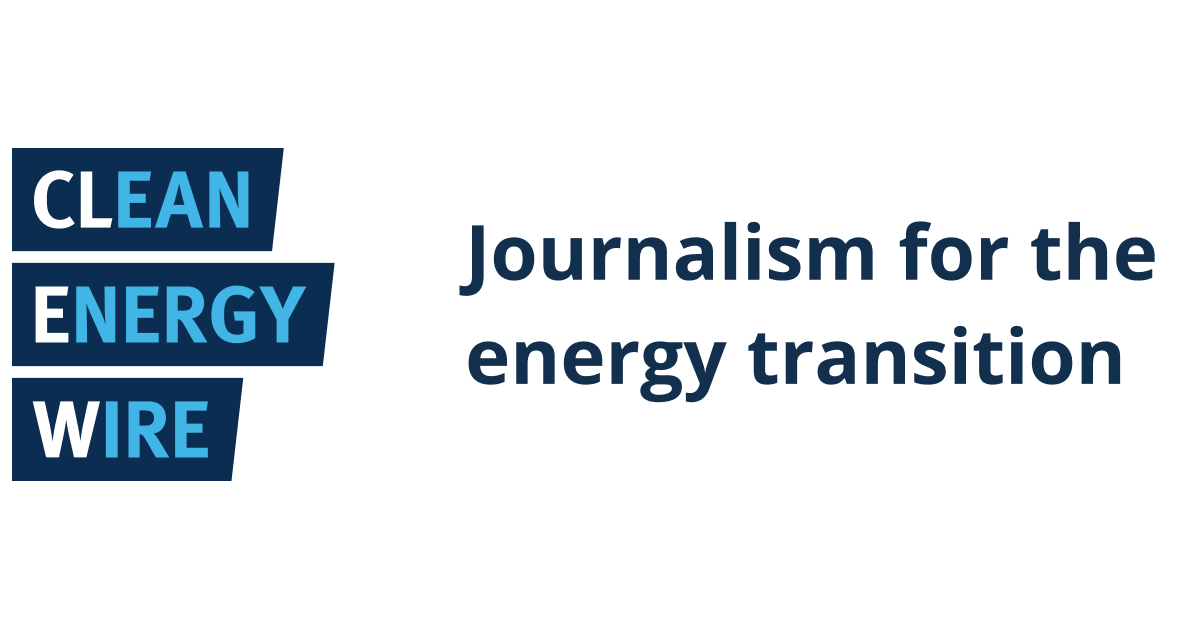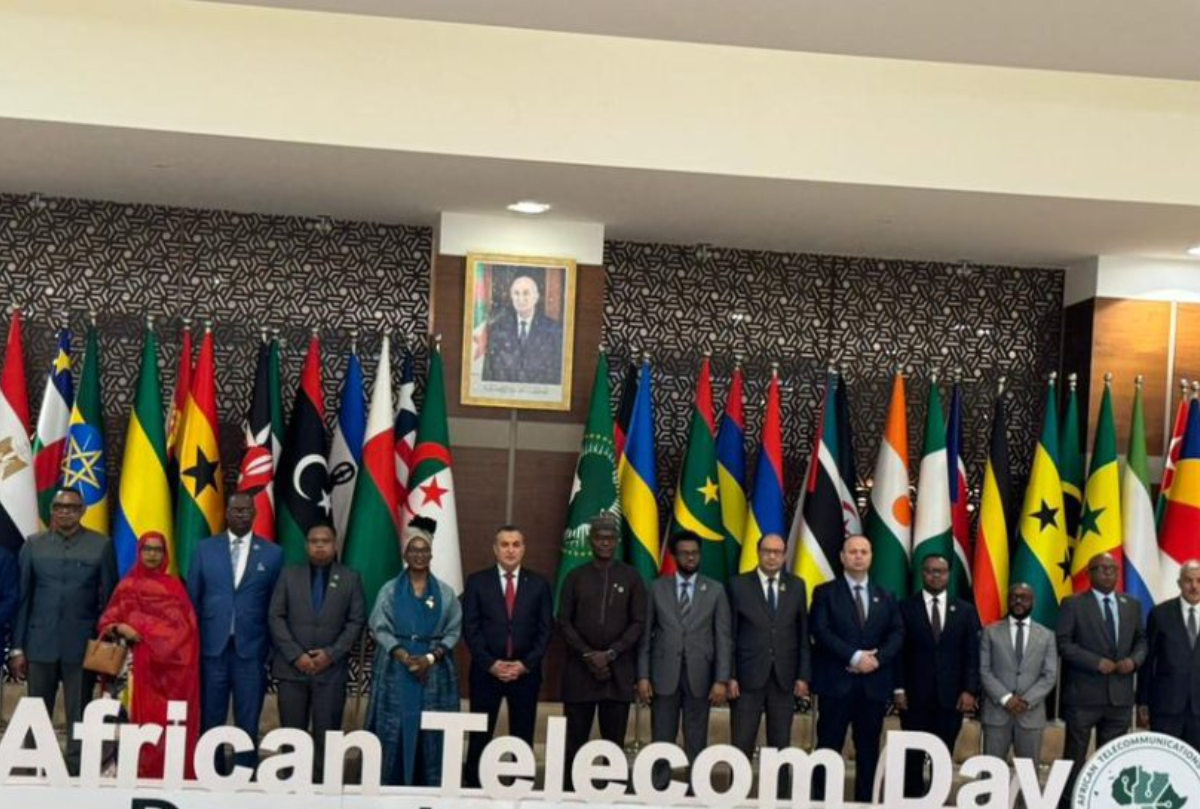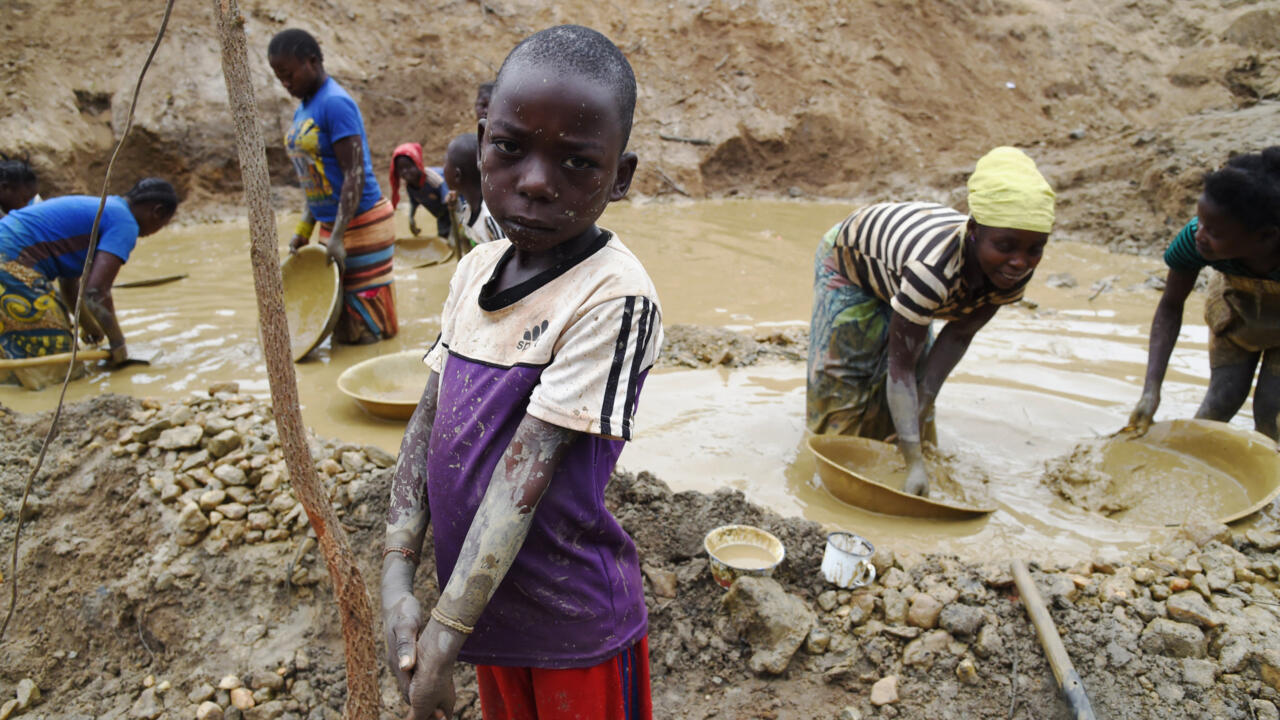Conditional cash transfer programs linked to reduction in AIDS cases and deaths among Brazilian women – News-Medical

Report on the Impact of Brazil’s Bolsa Família Programme on HIV/AIDS and Sustainable Development Goals
Executive Summary
A comprehensive study of Brazil’s Bolsa Família Programme (BFP), the world’s largest conditional cash transfer (CCT) initiative, reveals a significant association with reduced AIDS incidence and mortality. The research, covering 12.3 million women from 2007 to 2015, highlights the program’s effectiveness in advancing multiple Sustainable Development Goals (SDGs), particularly for populations facing intersecting vulnerabilities. The findings underscore the power of integrated social and health policies in achieving global development targets.
Advancing SDG 3: Good Health and Well-being
The study provides compelling evidence of the BFP’s contribution to SDG 3, specifically Target 3.3, which aims to end the epidemic of AIDS by 2030. The program’s structure, which links financial aid to health-related conditionalities, has yielded substantial positive health outcomes.
Key Reductions in AIDS Incidence and Mortality
- Among mothers participating in the program, there was a 42% reduction in AIDS incidence and a 43% reduction in AIDS-related mortality.
- Among daughters in participating households, the impact was even more pronounced, with a 47% reduction in AIDS incidence and a 55% reduction in AIDS-related mortality.
These outcomes are attributed to the BFP’s requirements, which include routine health checkups and participation in health education activities, thereby improving engagement with healthcare services and promoting disease prevention strategies like sexual and reproductive health education.
Addressing Inequalities: Contributions to SDG 5 and SDG 10
The BFP demonstrates a powerful impact on reducing inequalities within society, directly aligning with the objectives of SDG 10 (Reduced Inequalities) and SDG 5 (Gender Equality). The program’s design inherently targets and empowers vulnerable women.
Impact on Intersectional Vulnerabilities
The study’s analysis shows that the program’s benefits are greatest among those facing multiple layers of disadvantage. The most significant improvements were observed in specific demographics:
- The highest reduction in AIDS incidence (56%) was recorded among brown or black mothers living in extreme poverty who had higher levels of education.
- This finding indicates that the program is highly effective in reaching marginalized racial and economic groups, a core tenet of SDG 10.
- By focusing on mothers and daughters, the program directly supports the health, well-being, and economic stability of women, contributing to the goals of SDG 5.
An Integrated Model for Achieving the SDGs
The success of the BFP lies in its integrated approach, which simultaneously addresses poverty, education, and health, demonstrating a practical model for achieving interconnected SDGs.
Synergies Between SDG 1, SDG 4, and SDG 17
- SDG 1 (No Poverty): As a conditional cash transfer program, the BFP directly tackles poverty by providing financial aid to low-income households, improving nutrition and reducing food insecurity.
- SDG 4 (Quality Education): The program mandates school attendance for children in recipient households. The study confirms that education amplifies the protective health effects of the cash transfers, highlighting the critical link between education and health outcomes.
- SDG 17 (Partnerships for the Goals): The BFP serves as a successful example of a large-scale public policy intervention that integrates social and health sectors. The research itself, a collaboration between international and national institutions, exemplifies the partnerships needed to evaluate and scale such impactful programs.
Conclusion
The Bolsa Família Programme is a proven policy tool for reducing the burden of AIDS among vulnerable populations. Its effectiveness illustrates that CCT programs are not merely anti-poverty measures but are critical instruments for advancing a broad range of Sustainable Development Goals. By addressing the social determinants of health through an integrated, multi-pronged strategy, such programs offer a pathway to reduce health disparities and build more equitable and resilient societies.
1. Which SDGs are addressed or connected to the issues highlighted in the article?
-
SDG 1: No Poverty
The article focuses on the Bolsa Família Programme (BFP), described as the “world’s largest conditional cash transfer programme” that provides “financial aid to low-income households.” This directly addresses the goal of alleviating poverty.
-
SDG 3: Good Health and Well-being
The central theme of the article is the BFP’s impact on health outcomes, specifically its association with a “substantial reduction in AIDS cases and deaths.” It also mentions health conditionalities like “routine health checkups” and improving nutrition.
-
SDG 4: Quality Education
The article highlights education as a key component of the BFP, with “mandatory school attendance” being a condition for receiving aid. It explicitly states that “education amplifies the impact of conditional cash transfer programmes” and that women with “higher levels of education experienced the greatest improvements.”
-
SDG 5: Gender Equality
The study’s focus is exclusively on women, analyzing data for “12.3 million low-income women” including “mothers and daughters.” It emphasizes the program’s significant impact on “brown and black women,” addressing the specific vulnerabilities and health disparities faced by women.
-
SDG 10: Reduced Inequalities
The article discusses how the BFP reduces inequalities by targeting “families in vulnerable situations” and having a particularly strong impact on those facing “multiple intersecting vulnerabilities,” such as “poverty, race, and education.” The study’s focus on “brown or black mothers living in extreme poverty” directly relates to reducing inequalities based on race and income.
2. What specific targets under those SDGs can be identified based on the article’s content?
-
SDG 1: No Poverty
- Target 1.3: Implement nationally appropriate social protection systems and measures for all, including floors, and by 2030 achieve substantial coverage of the poor and the vulnerable. The Bolsa Família Programme is a prime example of such a social protection system, providing “financial aid to low-income households.”
-
SDG 3: Good Health and Well-being
- Target 3.3: By 2030, end the epidemics of AIDS, tuberculosis, malaria and neglected tropical diseases… The article’s main finding is that the BFP is associated with a “substantial reduction in AIDS cases and deaths,” contributing directly to this target.
-
SDG 4: Quality Education
- Target 4.1: By 2030, ensure that all girls and boys complete free, equitable and quality primary and secondary education… The BFP supports this through its “mandatory school attendance” conditionality for children in recipient households.
- Target 4.7: By 2030, ensure that all learners acquire the knowledge and skills needed to promote sustainable development… The program’s requirement for “participation in health education activities, including sexual and reproductive health” contributes to this target by providing life-saving knowledge.
-
SDG 5: Gender Equality
- Target 5.6: Ensure universal access to sexual and reproductive health and reproductive rights… The BFP promotes this by including “participation in health education activities, including sexual and reproductive health,” which supports HIV prevention among women and girls.
-
SDG 10: Reduced Inequalities
- Target 10.2: By 2030, empower and promote the social, economic and political inclusion of all, irrespective of age, sex, disability, race, ethnicity, origin, religion or economic or other status. The article shows the BFP’s effectiveness in improving health outcomes for marginalized groups, specifically “brown and black women with lower income and limited education.”
- Target 10.4: Adopt policies, especially fiscal, wage and social protection policies, and progressively achieve greater equality. The BFP is a social protection policy that the article demonstrates is successfully reducing health inequalities.
3. Are there any indicators mentioned or implied in the article that can be used to measure progress towards the identified targets?
Yes, the article provides several quantitative and qualitative indicators that can be used to measure progress.
-
For SDG 3 (Good Health and Well-being):
- AIDS Incidence Rate: The article provides specific data points, such as a “47% reduction in AIDS incidence” among daughters and a “42% reduction” among mothers. It also notes a “56% reduction in AIDS incidence” for brown or black mothers with higher education.
- AIDS-related Mortality Rate: The study found a “55% reduction in AIDS-related mortality” among daughters and a “43% reduction” among mothers.
-
For SDG 1 (No Poverty) and SDG 10 (Reduced Inequalities):
- Coverage of Social Protection Programs: The scale of the program, covering “12.3 million low-income women,” serves as an indicator of the reach of social protection systems.
- Impact on Vulnerable Groups: The specific analysis of the program’s effect on “brown or black mothers living in extreme poverty” is an indicator of its success in reducing inequalities.
-
For SDG 4 (Quality Education):
- School Attendance: The “mandatory school attendance” conditionality implies that attendance rates are a key metric for the program.
- Participation in Health Education: The requirement for “participation in health education activities” is a qualitative indicator of progress towards Target 4.7.
4. Table of SDGs, Targets, and Indicators
| SDGs | Targets | Indicators Identified in the Article |
|---|---|---|
| SDG 1: No Poverty | 1.3: Implement nationally appropriate social protection systems. | Existence and coverage of the Bolsa Família Programme (a conditional cash transfer system for low-income households). |
| SDG 3: Good Health and Well-being | 3.3: End the epidemics of AIDS. | – Reduction in AIDS incidence rate (47% for daughters, 42% for mothers). – Reduction in AIDS-related mortality rate (55% for daughters, 43% for mothers). |
| SDG 4: Quality Education | 4.1: Ensure all girls and boys complete primary and secondary education. | Mandatory school attendance as a program conditionality. |
| 4.7: Ensure all learners acquire knowledge and skills for sustainable development. | Participation in health education activities, including sexual and reproductive health. | |
| SDG 5: Gender Equality | 5.6: Ensure universal access to sexual and reproductive health. | Inclusion of sexual and reproductive health education, leading to reduced AIDS incidence among women and girls. |
| SDG 10: Reduced Inequalities | 10.2: Empower and promote the social inclusion of all. | Improved health outcomes for women facing intersecting vulnerabilities (poverty, race, education level). |
| 10.4: Adopt social protection policies to achieve greater equality. | Demonstrated effectiveness of the BFP (a social protection policy) in reducing health inequalities among different subpopulations. |
Source: news-medical.net

What is Your Reaction?
 Like
1
Like
1
 Dislike
1
Dislike
1
 Love
1
Love
1
 Funny
0
Funny
0
 Angry
0
Angry
0
 Sad
0
Sad
0
 Wow
0
Wow
0


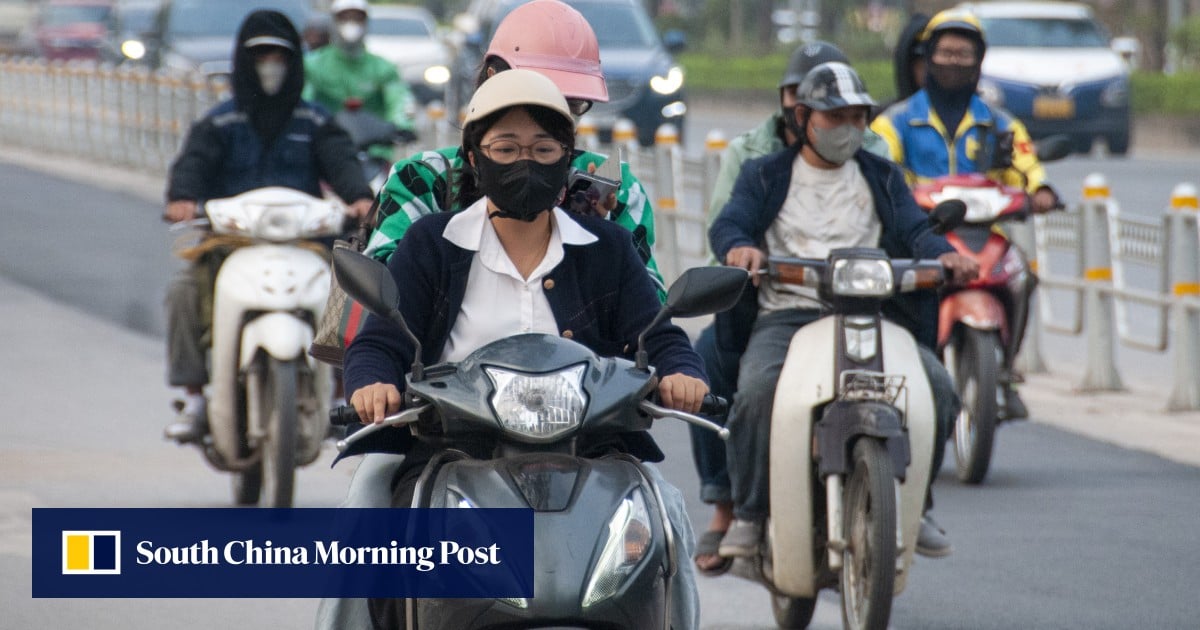







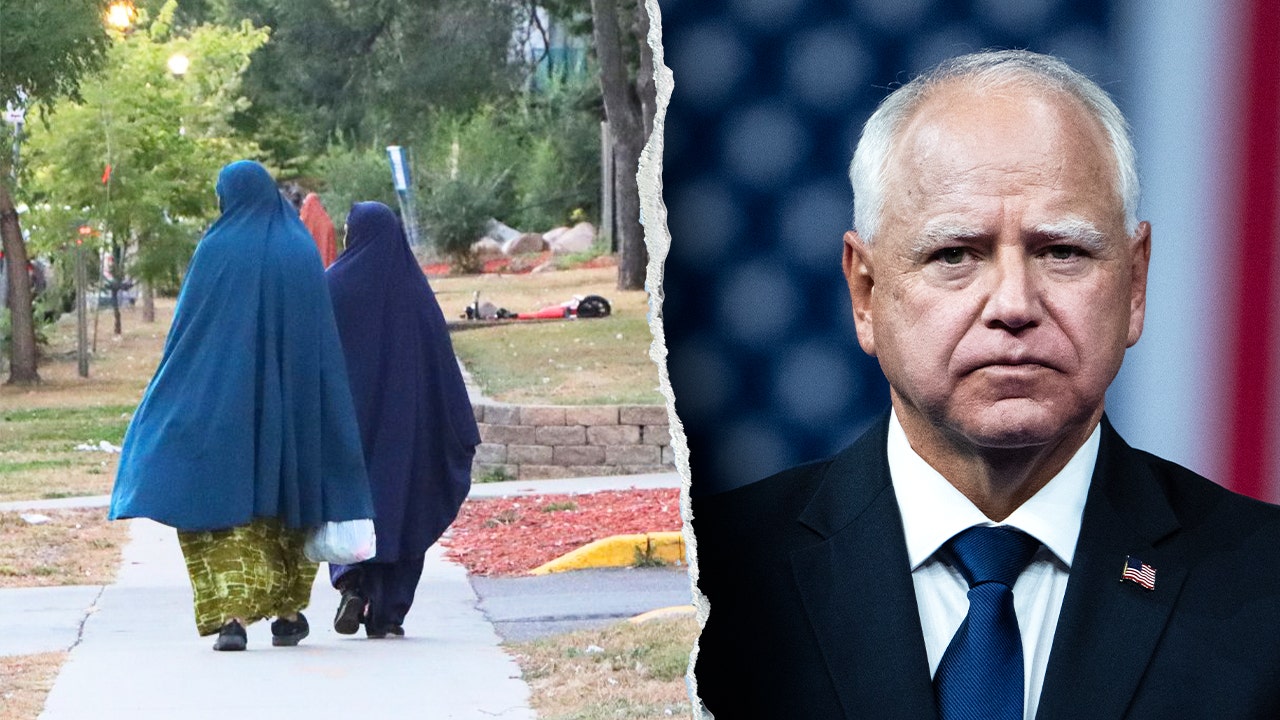














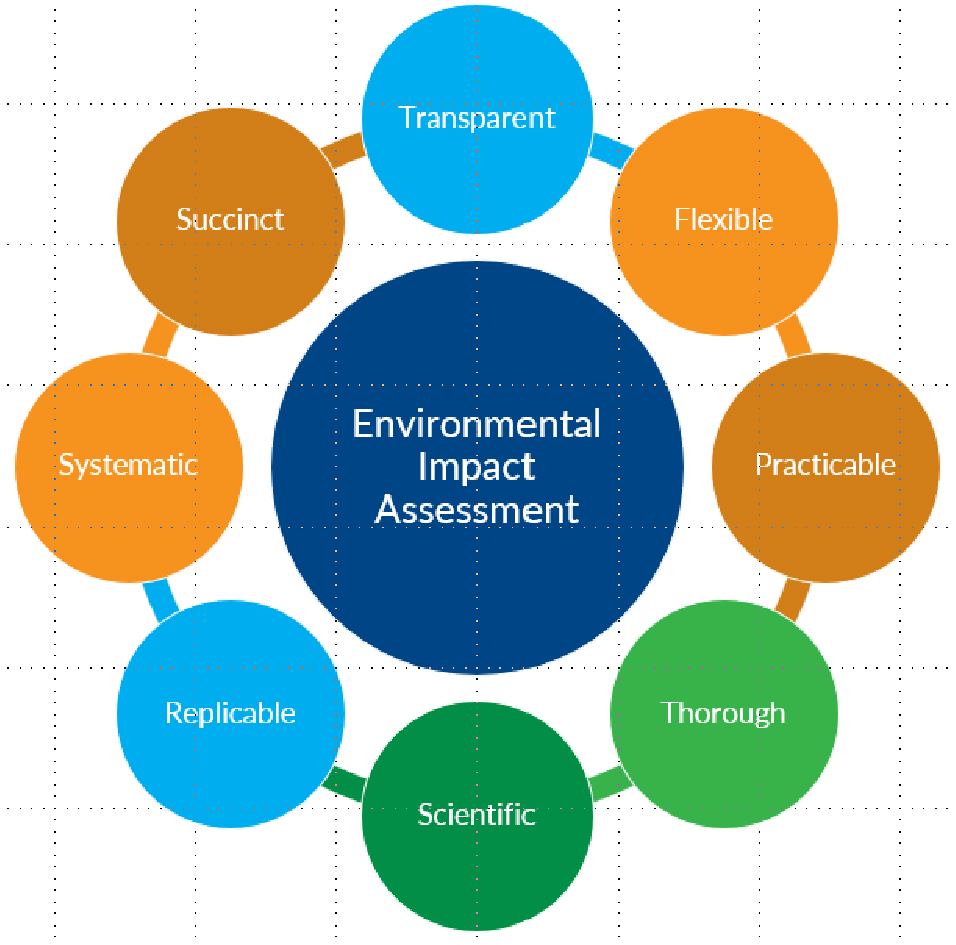


























.jpg.webp?itok=0ZsAnae9#)


